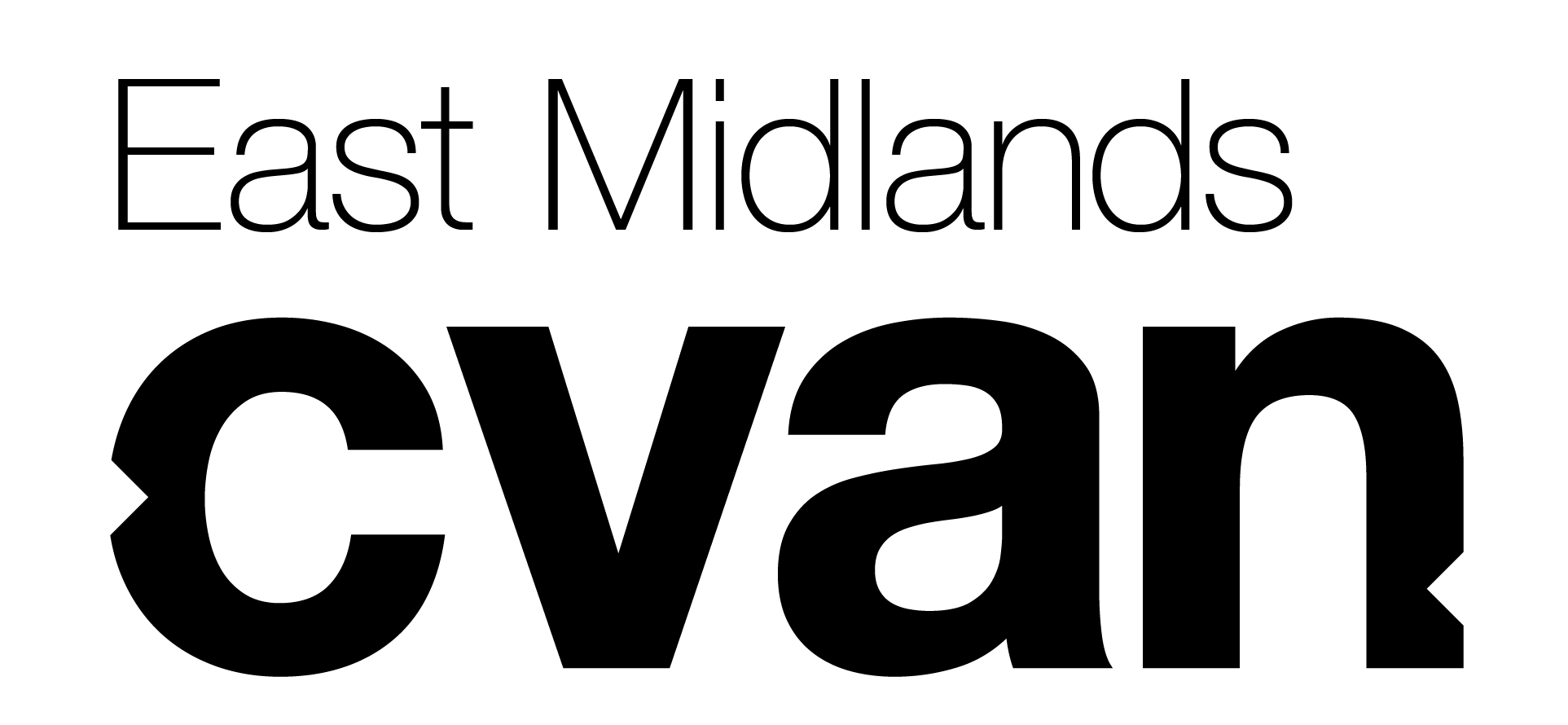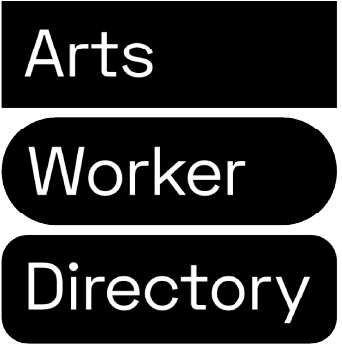Graham Keddie is an artist/curator who describes himself as a Fine Art ‘Archaeologist’ or ‘Enquirer’ and his practice as ‘Examining the Philosophy of Ordinary Language, love and the consumption of milk’, adding ‘not everything I say is necessarily true but, I never tell a lie’. His practice ranges though painting, sculpture, print, installation performance, film, text, curation and review writing. Dyslexic, he uses his condition as a device to ‘read across the grain’ and to explore and challenge my perception and uses of linguistics, acceptable norms and communication; a multi layering of thought processes that draws him into interdisciplinary research reflected in his use of media and materials. Graham is a Trustee on the board at Fermynwoods Contemporary Art and a member of the Royal Society of Sculptors.
Find out more about Graham’s work at www.grahamkeddie.com.
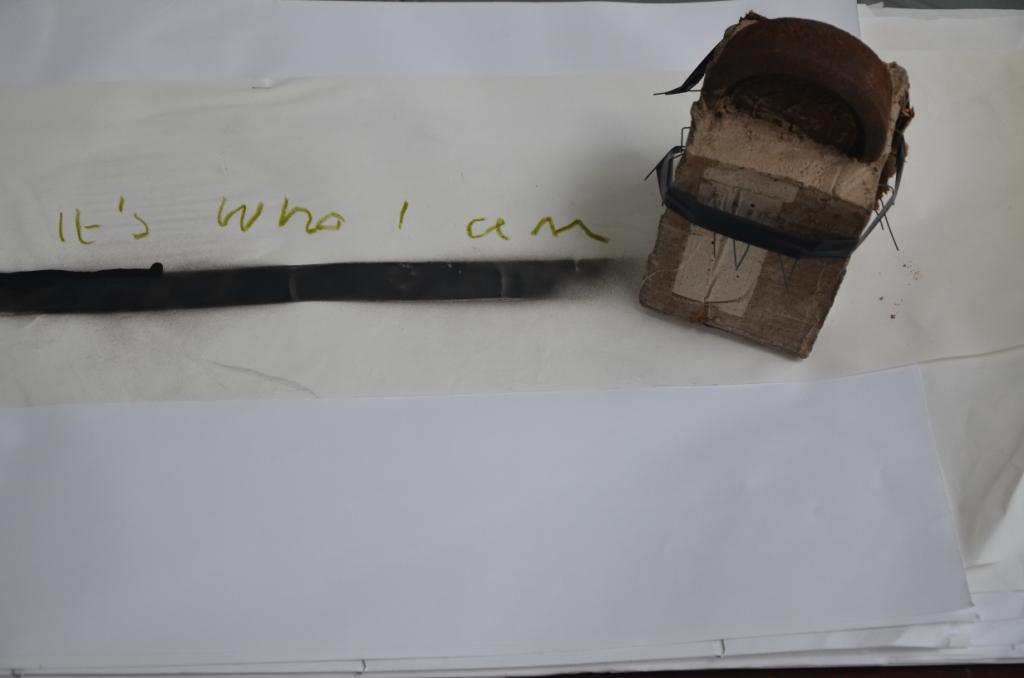
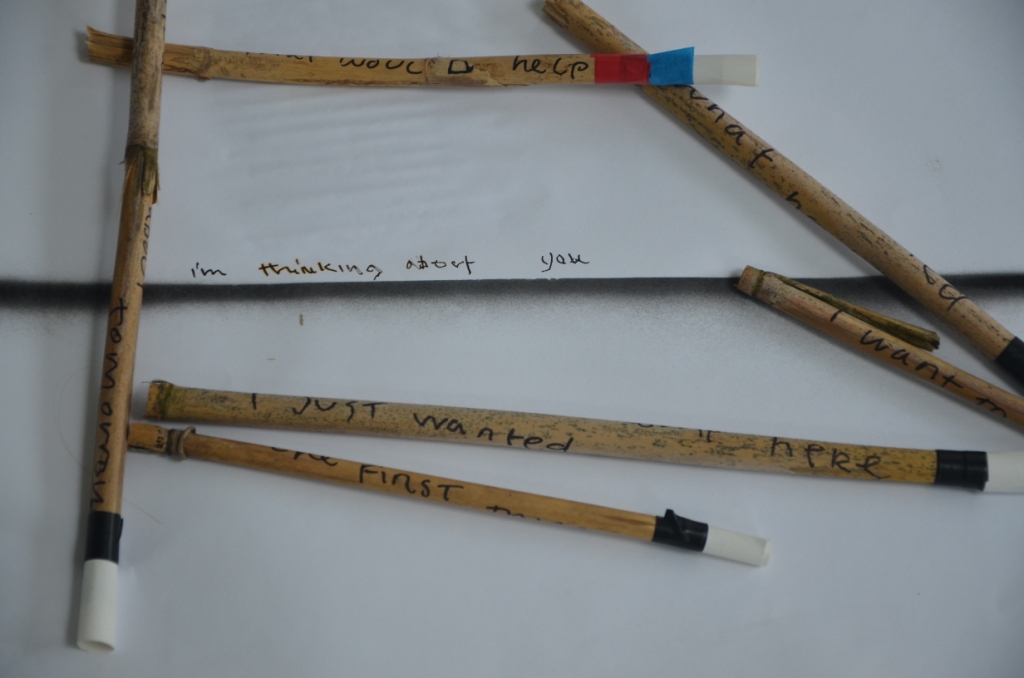
Where are you based?
I’m based in the East Midlands in the town of Kettering.
Describe your practice for us
As a sculptor I describe myself as a research practitioner. I explore linguistics across visual, written and spoken language. My works are philosophical open-ended enquiries. In this context I am a voyeur of myself, experiencing contemporary post-modernist environments of constant momentum and complexity. I immerse myself in the algorithms of multi layered information, perceptions, views, comments and conversations relating to place, time and memory. My current visual practice is:
‘Examining the Philosophy of Ordinary Language, love and the consumption of milk’ and ‘Not everything I say is necessarily true but, I never tell a lie’.
On a personal note, I struggle with dyslexia. So for me making sense of the formal world around me requires a process of downloading, decoding, recoding and uploading back to that environment. Perhaps because of my form of dyslexia, I both suffer and enjoy the ability to simultaneously consider or process information. The only handicap with this has been the general rules of communication seem to require literal illustrative binary structures; black or white, right or wrong. But developing my take on them, has informed my development in terms of how I use written and visual language. This has developed a desire to experiment through work which embraces open ended enquiry and complexity. I try to construct works or rather experiments which have no definite illustrated meaning or point to them. I prefer to scatter packets of seeds rather than present bouquets.
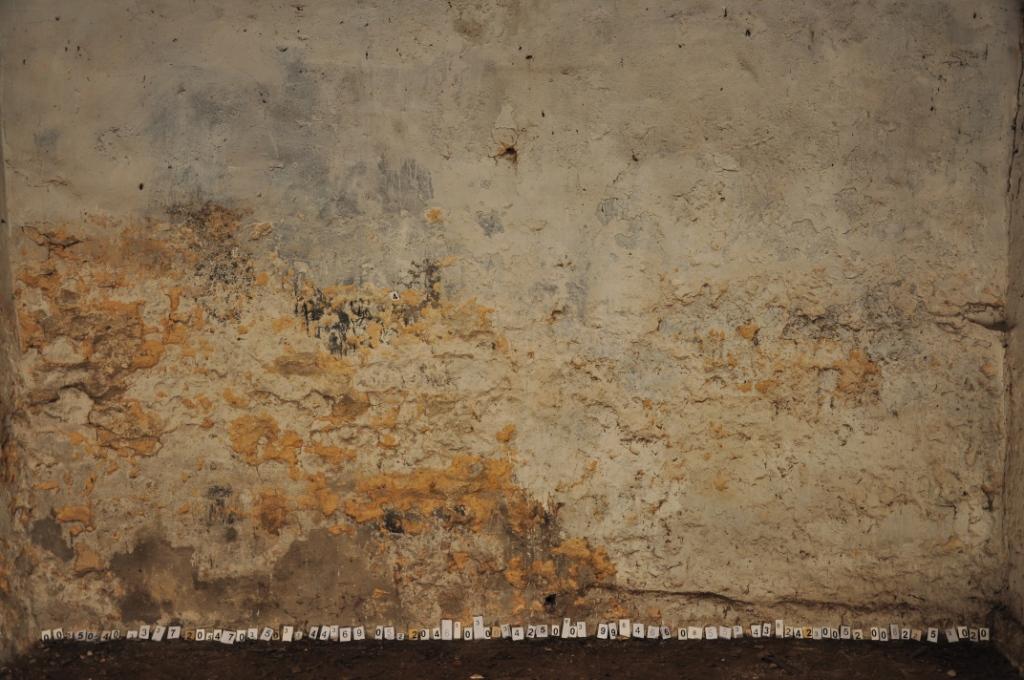
You’ve described your works as being “rather like annotations, estimations, equations”. Are you leaving it for the viewer to come to a conclusion or is it more about them being part your process?
I am fascinated with the methods by which puzzles are constructed, how rules of analytical logic operate, metaphysics, in particular Ontology and philosophy’s exploration of God and Atheism.
If I say to you I am a liar, am I telling you the truth? This is a problem for logic to work out and yet it is a paradox which eternally enables participation as much for me as anyone who chooses to think about it. So yes in part to the latter part of the question. But I would add to this by placing myself amongst the viewer’s. I am also wrestling with the clues and glimpse’s which seem to be apparent and those which are hiding. This takes place during the making process and when completed if I have got it right. Therefore I am not asking them to be part of my process but explore their own processes of observation, narrative invention, and relationship to place in time. Would they or I come to a single conclusion? Unlikely I hope.

You state that your dyslexia allows you to ‘read across the grain’; ascribing to a condition common to many artists a wonderfully sensory and visual advantage. Can you say more about this.
I’m not certain what advantages there are to being dyslexic it is a different problem in its many forms to whoever suffers from it. It certainly caused me a great deal of problems moving through the formal education system over the years and although it is recognized now it is still mitigated against. Giving students ten, twenty more minutes to complete written work still does not really understand the problems when such people are being measured against the old order. I certainly found this to be the case and the modernist methodologies prevalent in many art schools although very valuable seems to support the status quo. However, I am fortunate to have recognized my strengths and weaknesses.
Perhaps because I am dyslexic I find myself drawn to grappling with complex theory and philosophy. It’s a bit like seeing a bowl of forbidden fruit and in my case; these are linguistics in mathematics, physics, logic, text and art. They form a foundation to my ongoing interests in the post-modernist -philosophies of Roland Barthes in particular ‘reading across the grain’, Gilles Deleuze’s ‘disdain for simple answers’ and the OuLiPo workshop, Italo Calvino’s, If on a winter’s night a traveller, Daniel Levin Becker’s; many subtle channels In Praise of Potential Literature. I identify with Harry Mathews description when reviewing Becker’s book of the Oulipians being; ‘rats who build the labyrinth from which they plan to escape.’
Roland Barthes idea about ‘reading across the grain’; taking away any reference to an author introduction, preface or preconception to enable a reader to gain a truer insight into the subject and content of a book seemed to describe how my dyslexic brain functions. It has led me to employ this idea as a method of production and presentation for the same reason. Most recently I have used this in the online film series ‘The Infinite Fraction’ part 4; Driving to Huddersfield. Here the use of words, phrases, punctuation and homonyms are combined with film footage to play with multiple narratives relating to place, time and space.
The text is resourced from; social media messages, contemporary dramas, news reports, overheard public discourse and person-to-person conversations recorded in real time. The film is also available for free in 3 parts on the first of each month via Twitter and Instagram.
These areas of background research have become underpinning frameworks to my practice. However, I don’t always start with a theory or preconception seeking to illustrate this; it’s more a sense of filtration, digestion and incubation which ripens in a work.
The ‘disability’ has been a tool, metaphor, ‘lavender filter’ or excuse to embrace the line between connection and disconnection in contemporary living. In this context, I would say that I practice art as a verb rather than a noun trying really hard to work something out. It feels a bit like I’m living inside a postmodernist brain.
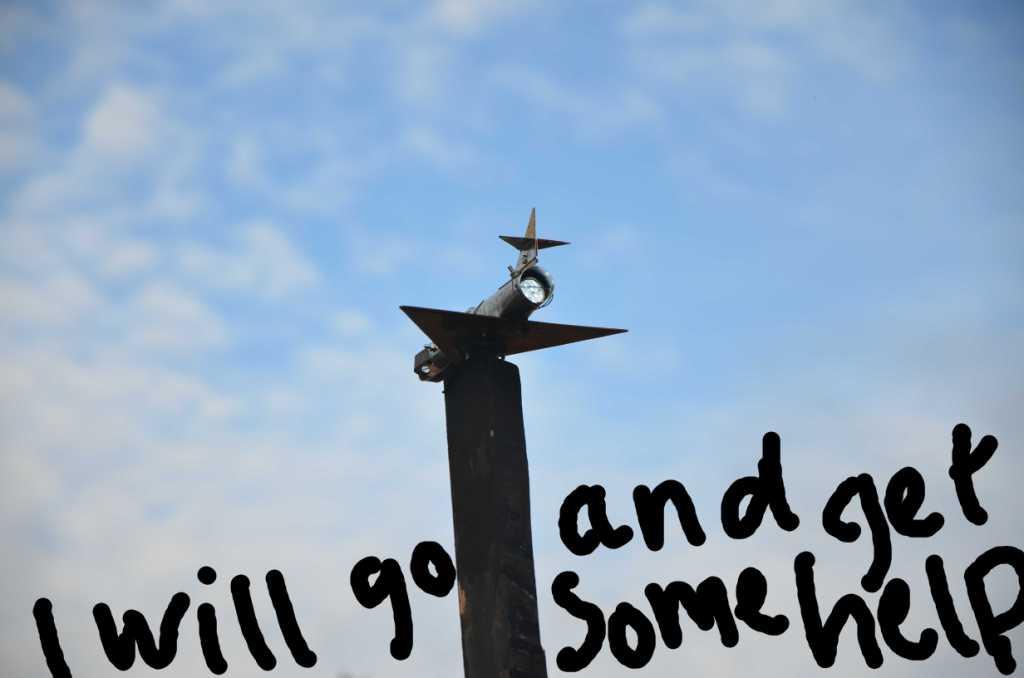
Practising art as a verb rather than a noun, as you put it, sees you work across disciplines. What determines how a work will unfold, will manifest?
‘I think therefore I am’ is kind of close to it. I feel it’s rather like squeezing through Joseph Beuys’s ‘Lavender Filter’ then jumping up and doing that again until the incubation period manifests itself.
The influences which start me going can be as simple as a piece of paper, metal, wood a word, text, a conversation, a phrase or a childhood memory.
Conceptually I try to create a balance in the way I formulate and fabricate work in order not to have an evident start middle or conclusion. I invite the viewer to glean, whilst I’m in a perpetual of state of ‘gleaning’.
I am always interested in utilising the theatre of atmosphere evident in painting, print, text, film, installation and that which surrounds sculpture and performance in order to enable a sense of intimacy. The kind of intimacy I look for is a quiet, patient, introspective conceptual space which allows questions to emerge.
I started out studying painting and printmaking, then went on to study sculpture, film, performance, installation and have curated exhibitions. I would say that sensitivity to materials in the making process is a significant part of how I work. I have always respected those artists whose talents are focused on the development and understanding of one particular area but, for me it has always been about the exploiting of material qualities for a conceptual purpose.
I studied at five universities so I am well acquainted with the employment of formal research methodologies and have used them in the teaching environment. However, teaching has helped me to see both their strengths and weaknesses. It is important to have a methodology to one’s practice but I would not want to be entirely explicit about mine. I will say that I am analytical in my approach whilst embracing a cycle of healthy and annoying, frustrating chaos. It does involve making, thinking, researching and most of all, seeking out questions. But not ‘necessarily’ in that order each time.
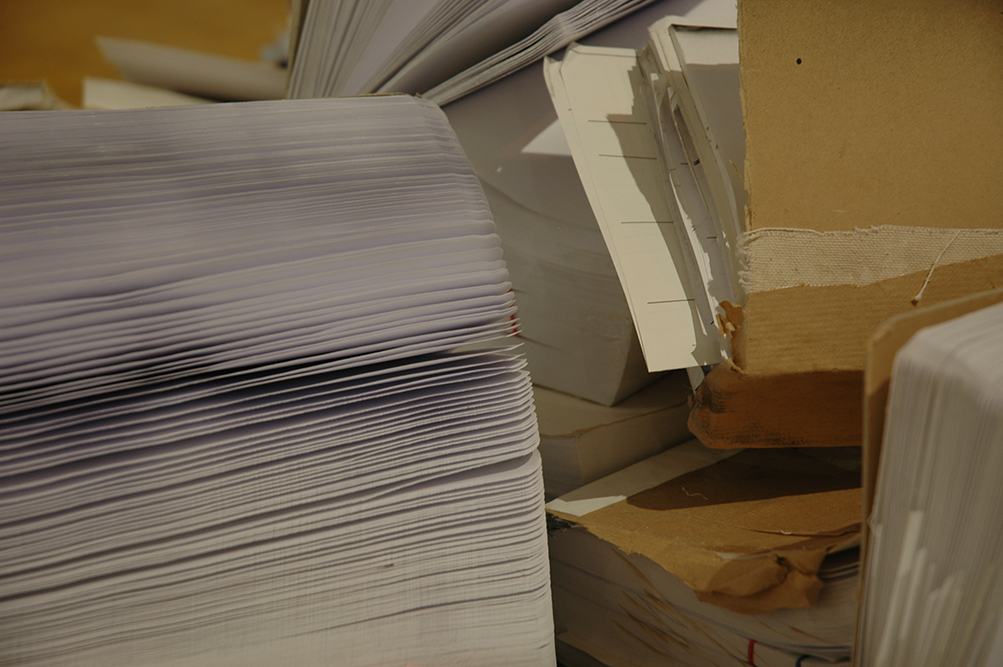
What is important to you in maintaining and motivating your practice?
A few years ago I founded along with some colleagues and fellow artists a practice research group called; ‘Is there a Place in Time’; APT? The idea was to research and produce new work based on shared questions or themes relating to the group’s name. Get together to discuss ideas, show work, give talks, investigate possibilities and viewpoints.
Here is a quote I like by Robert Clark arts writer (The Guardian) reviewing one of our event exhibitions called ‘One Hour’;
‘Artist, curator and founder member of the research group A Place In Time? Graham Keddie, has defined the work in the One Hour project as “trans-sensorial explorations.” So not only does the artwork in question address issues of site-specific psychic geography and the shifting nature and momentum of time passing. It also begins to intermix media in such a way that the evidence of the senses themselves – both of the senses of the artists and of the viewers – might overlap in a more or less welcome disorientation of the banalities and predictabilities of the everyday. Another word for this disorientation might be enchantment….’
The motivation for me and the point of this quote is that I need to feel I am continuing to learn about myself by shearing, observing, reading, making and listening to the broad environment around me.
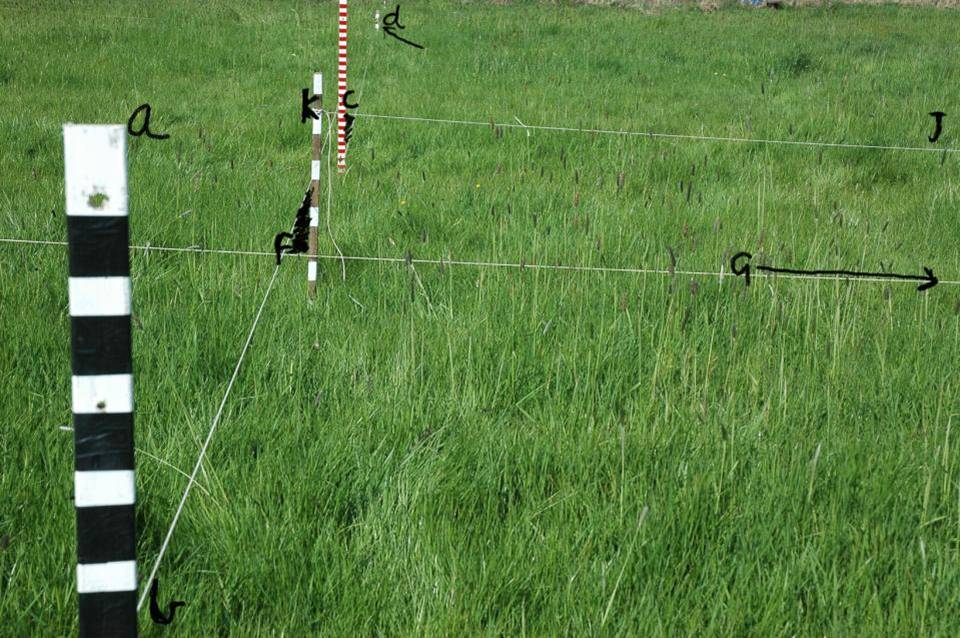
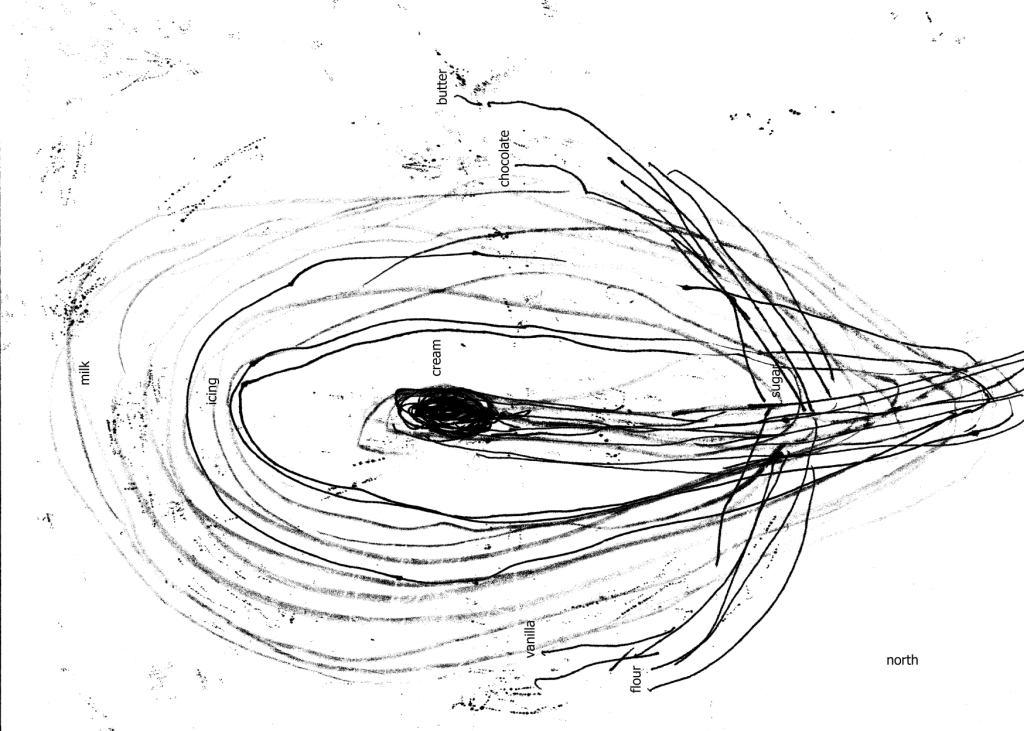
Which other artists’ work do you admire, and why?
This is a bit like being asked what sort of music you listen to. The answer would be similar I don’t really have a list of artists or types of art I admire as such. I constantly look for work I find interesting whatever that might be and this is constantly in a state of flux. If I put together a list of those I am thinking about on any one day it would probably be too large to discuss here.
I rather like this quote from Atomic Physicist Dr Holger Müller; “a physicist is like a drunk looking for his keys under a lamp post. He does not know where they are but it makes more sense to look in the light than in the dark”. Would he bump into the sculptor, also looking for his keys? Quite possibly, but the sculptor may himself be returning from searching in the dark, back into the light having found his keys.
Where can we see your work? Do you have any upcoming exhibitions, events or projects?
I recently had an article published in the latest edition of SCULPTORVOX; God Complex. The work discussed in this is certainly a mixture of reading across the grain with a metaphoric context which relates to this editions theme. I highly recommend this new publication each edition is full of very interesting articles, interviews beautifully produced and reflects the broad range of contemporary sculpture.
At the moment I have two works in Huddersfield Art Gallery as part of the Royal Society of Sculptors exhibition; Conversations in Sculpture curated by Lewis Robinson and Grant Scanlan. The video work, The Infinite Fraction Part 4, Driving to Huddersfield, is also available for free in 3 parts on the first of each month via Twitter and Instagram.
Also, a sculptural work The Lancaster is part of a group research project exploring the potential offered by an initial measurement of one metre of place and/or material. In my case a piece of carpet. The making of this work is underpinned by my family history and house during the war, and includes reference to texts concerning that house, and the flight paths over it, the games played with Airfix models on the stair carpet and the Axminster factory that produced it. At the time of making the Lancaster I was reading and influenced by, Jean Baudrillard’s The Ecstasy of Communication, 1987, and his connection to Robert Malaval’s poem The Ghost. The book itself was published the on the same date as the carpet was laid.
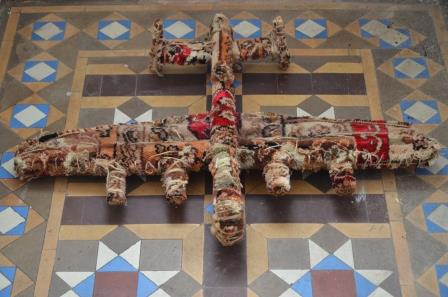
Graham was interviewed in September 2019.
All images are by and courtesy of the artist.
